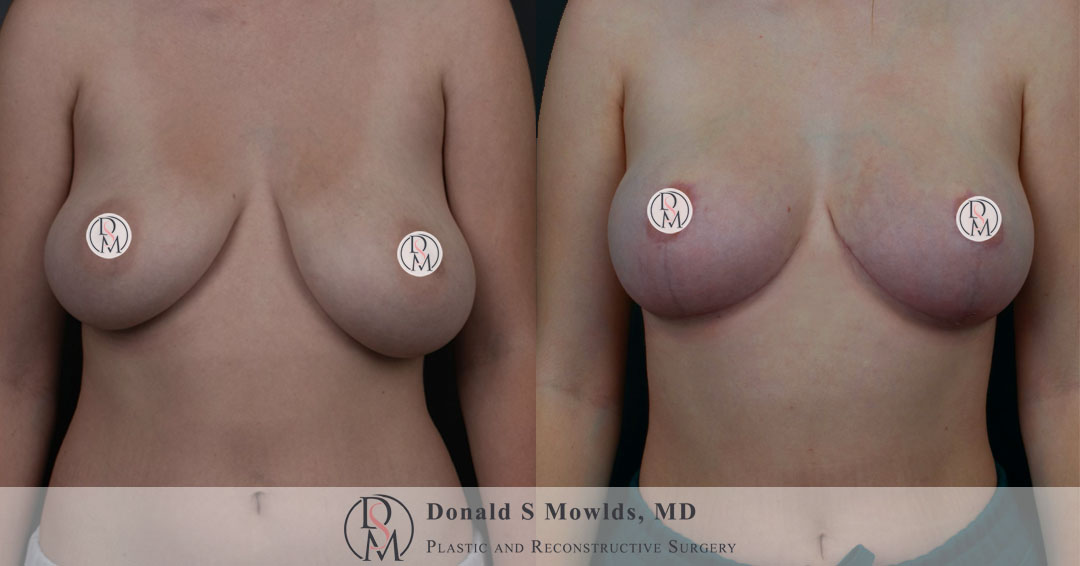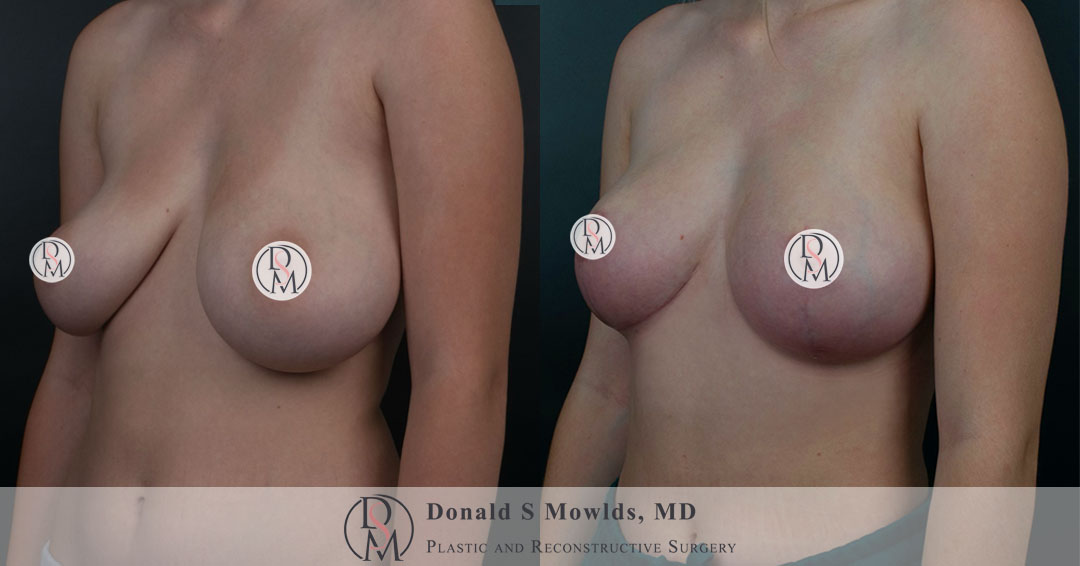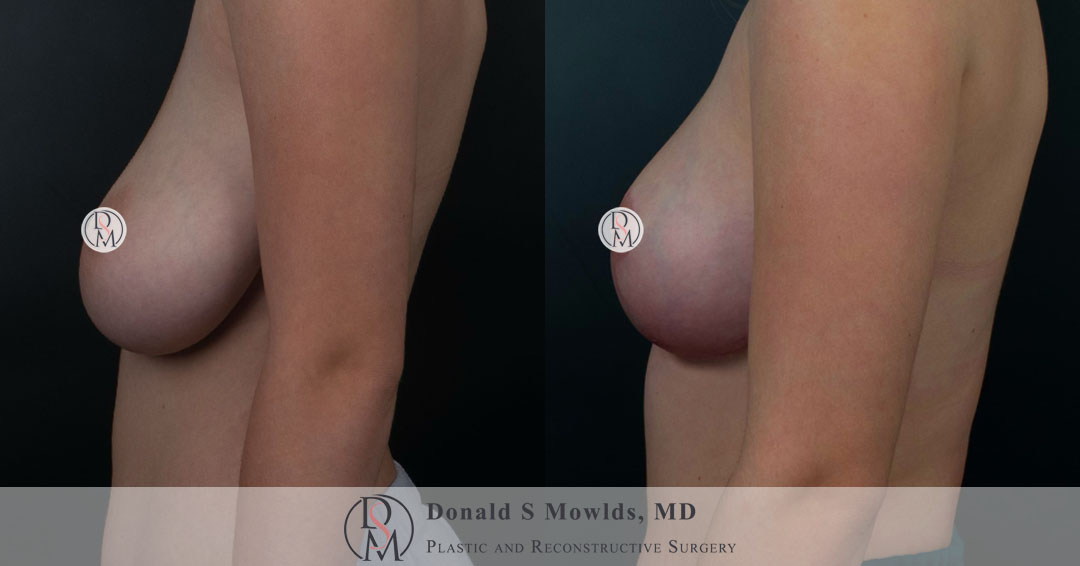When considering breast augmentation, one of the most important decisions you’ll need to make is the type of implant. The two most common types are silicone and saline implants, each offering unique benefits and characteristics. In this guide, we’ll explore the differences between these two implant types to help you make an informed decision that best fits your personal preferences and goals.
Silicone Implants
Silicone breast implants consist of a durable silicone shell filled with a pre-determined volume of silicone gel. The properties of the gel can differ between companies and even within their distinct implant product lines, which allows customization of the result. In general, silicone gel implants tend to provide a more natural look and feel compared to saline implants. This is mostly because silicone is a compressible material whereas saline is not. The newer generations of implants are filled with a more cohesive gel that behaves like a “gummy bear,” maintaining its shape and firmness over time.
One aspect to consider with silicone implants is that ruptures can be difficult to detect and are often “silent,” meaning there are no obvious signs or symptoms. If you think you may have an implant rupture, further investigation and treatment options should be discussed. Silicone implants are FDA-approved for breast augmentation in women aged 22 years and older, or in patients of any age who are undergoing breast reconstruction. As of 2020, the FDA recommends screening your breast implants with and MRI or ultrasound beginning 5-6 years after implant placement and every 2-3 years thereafter.
Saline Implants
Saline breast implants also have a silicone shell, but they are filled with sterile salt water (saline) solution in the operating room. One advantage of saline implants is that they can be inserted through a smaller incision since the filling occurs after they are positioned in the breast. Unlike silicone, saline is not compressible, and these implants tend to maintain an augmented look.
One advantage of saline implants is that ruptures are easily detected through a complete loss of implant volume. These implants are FDA-approved for breast augmentation in women 18 years and older and in women undergoing breast reconstruction at any age.
Silicone vs Saline: Which is Right for You?
The choice between silicone and saline implants is highly personal and depends on several factors, including your aesthetic goals, lifestyle, age, and body type. Silicone implants tend to offer a more natural feel and are less likely to ripple, making them a popular choice for many women, especially those with thin natural breast tissue. However, saline implants allow for a smaller incision and provide for instant detection in the event of a rupture.
It’s important to remember that there is no “one-size-fits-all” answer when it comes to choosing breast implants. The best implant for you is the one that meets your individual needs and goals, and this decision should be made during consultation and reinforced during your pre-operative visit, leaving nothing to chance.
I use precise measurements and photos of your “ideal” (provide by you) to shape our discussion on implant selection. In this way we can have a meaningful discussion that results in a solid operative plan.
Conclusion
Breast augmentation is a highly individualized procedure, and choosing the right implant is a critical part of the process. Both silicone and saline implants have their unique advantages and potential downsides, and understanding these can help guide your decision.
Remember, a successful breast augmentation is not only about improving your physical appearance but also about boosting your self-esteem and improving your quality of life. So, make sure to consider all your options and choose wisely. Your journey towards a more confident you starts with an informed decision.








